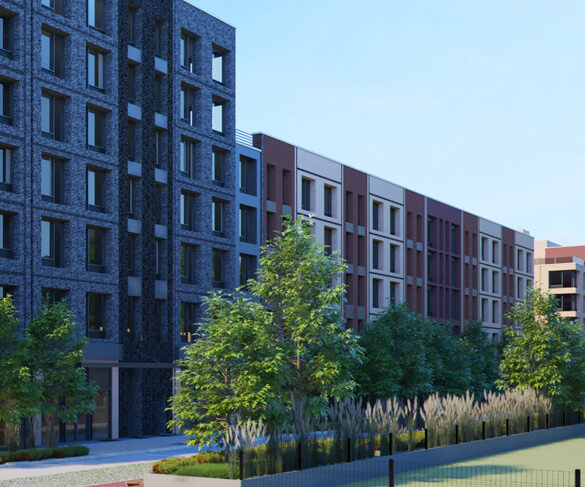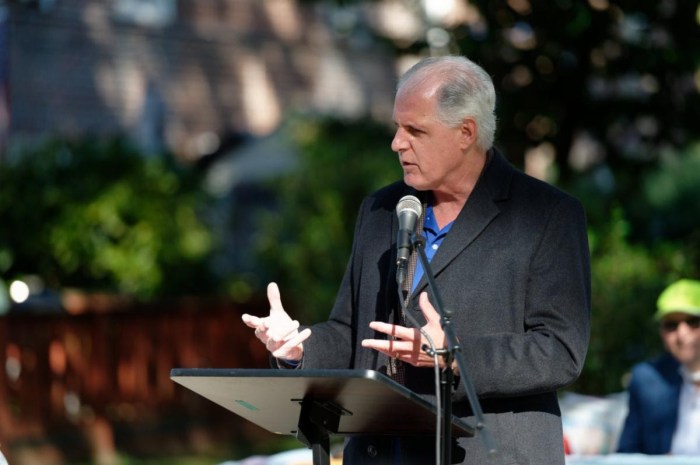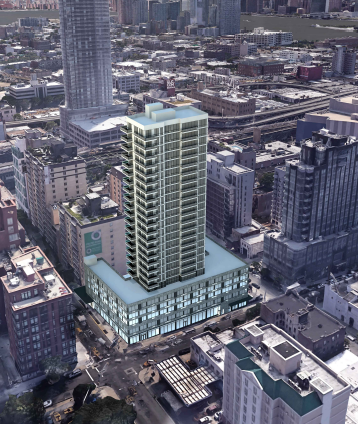BY ARIAMA C. LONG
Mayor Bill de Blasio rejoiced Tuesday over what appears to be great strides in creating more affordable housing for the city, as promised by 2026.
Even with the pandemic turbulence, de Blasio said, 2020 nevertheless marked the creation of over 30,000 homes. It’s the second highest one-year total in creation for affordable housing in New York City’s history.
“It’s something amazing and we plan to keep that progress going,” the mayor remarked during his briefing on Tuesday, Feb. 9.
“Since 2014 we’ve been shattering production records to serve more of the city’s most vulnerable residents: our seniors, the homeless and New Yorkers barely getting by,” said Commissioner of the New York City Department of Housing Preservation and Development (HPD) Louise Carroll. “Then March hit and New Yorkers were asked to stay at home to keep safe and we knew that our work to provide safe, quality and affordable housing for New Yorkers to learn and live and work was more urgent than ever.”
Carroll said they’ve financed almost 178,000 homes in total, with more than 65 percent of newly constructed housing for families of three earning less than $52,000.
At the start of de Blasio’s administration back in 2014, the Housing New York: A Five-Borough plan outlined a 10-year goal to create at least 20,000 affordable homes per year for a total of 200,000. The city started moving the construction and preservation at an accelerated pace, combining existing programs with new ones, and by 2017 updated the goals of 300,000 homes total by 2026.
In January 2020, another updated plan was relaunched as Your Home NYC, the next phase of Housing New York that included families, seniors, renters and first-time homeowners.
The general housing plan includes programs like Senior Affordable Rental Apartments (SARA), the Mitchell-Lama Reinvestment Program, and the more controversial Mandatory Inclusionary Housing (MIH) program that local community groups, politicians and studies have heavily criticized as “segregationist.”
MIH requires developers to set aside a certain number of apartments for people at a lower-income level. A family of three, for example, can have an apartment with a maximum annual income as low as $31,000 and the developer will get city subsidies for that unit and others like it in the building.
According to a report from last January by former New York City housing official Eric Kober, MIH was created to help but it relies on developers focused on high-risers and weak housing markets while at the same time denying much-needed housing from within the community.
Carroll said in the meeting the city has been working to achieve greater equity and inclusion in housing.
This story originally appeared on amny.com.



































